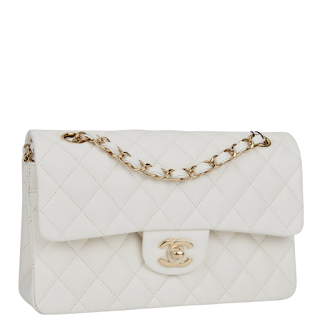Unpacking the World of Replica Brands with Be Roma
In an era where fashion speaks not just to style but to identity, the allure of luxury brands remains as potent as ever. Enter the often controversial yet thriving market of replica brands, which offers a fascinating exploration of consumer choices, ethical debates, and legal gray areas. One name that frequently pops up in this dialogue is Be Roma — a replica brand that has garnered attention for its striking resemblances to high-end luxury goods. But as the brand continues to grow in popularity, it prompts a series of questions about its place in the luxury market and its impact on both consumers and the industry as a whole.
Introduction to Be Roma: A Brief History and Brand Overview
Be Roma is part of a new wave of replica brands that have established a significant presence in the market. Offering meticulously crafted products that mirror iconic luxury designs, the brand has gained a strong following among consumers looking for the prestige of high fashion at a more accessible price point.
Having gained momentum in recent years, Be Roma provides an intricate homage to some of the most renowned luxury lines. Its emergence signifies a shift in consumer behavior, one that prioritizes style and perceived value over the traditional status procured from luxury brand names.
The Rise of Replica Brands in the Luxury Fashion Market
The ascent of replica brands parallels a broader shift in consumer expectations, where exclusivity is redefined through accessibility. No longer is the narrative solely dominated by the wealthy elite. Replicas now offer entry points for a wider audience to partake in the essence of luxury, albeit with a few ethical and legal implications.
Replicas such as Be Roma have become popular considerations for shoppers who might have been priced out of the traditional luxury market. Their rise signifies a democratization of style and exclusivity that challenges the established order of the fashion world.
Understanding the Appeal of Be Roma for Fashion Enthusiasts
What exactly draws consumers to brands like Be Roma? The answer can be as multi-faceted as the products themselves. For some, it's an eagerly seized opportunity to own pieces that, while not authentic, provide an aesthetic and cultural connection.
For others, it's about testing the waters of luxury, enjoying the craftsmanship and style without the colossal investment. This modern perspective on luxury is not just about the label, but the personal significance of possessing an item that resonates with individual taste and self-expression.
Ethical and Legal Considerations of Replica Brands
The creation and sale of replica goods operate within a contentious legal framework. While some countries have stringent laws against counterfeiting, others do not have clear regulations, which opens the door for businesses like Be Roma to thrive.
The ethical debate is equally complex. Critics argue that purchasing replicas can support criminal activity and undercut the artisans and brands that invest in original design. However, supporters counter that it's a natural consequence of an elitist industry, giving more people the chance to enjoy luxury design without the exorbitant price tag.
How to Spot Authentic Be Roma Products
For consumers interested in maintaining the integrity of their luxury purchases, the ability to distinguish between authentic and replica items is crucial. Minor differences in craftsmanship, materials, and logo placement can offer clues to the discerning eye.
Authentic Be Roma products will boast higher-quality materials and construction. Paying close attention to small details can reveal the source of the item, ensuring that the authenticity of your purchase aligns with your personal ethics and intentions.
The Quality vs. Price Debate: Is Be Roma Worth It?
One of the most significant draws of brands like Be Roma is their cost relative to the similar inauthentic products in the luxury market. While there may be a marked difference in price, the gap in quality is less clear-cut.
For many consumers, the quality of Be Roma products is surprisingly high, especially given the lower price point. This quality-price ratio raises questions about how traditional luxury brands justify their premium costs and whether replicas can offer a plausible compromise.
Community and Social Impact of Replica Brands
Beyond personal style and ethical considerations, replica brands have a notable impact on communities, both local and global. On one hand, they might provide employment and stimulate economic activity in areas where the manufacturing of luxury goods is not centralized.
Conversely, the wider effects of replica luxury goods on the industry can be far-reaching, potentially affecting the intellectual property rights of design houses and the overall market perception of what constitutes an original and authentic luxury item.
Conclusion: The Future of Replica Brands and What It Means for Consumers
The question of replica brands and their future is not an easy one to answer. They exist in a nebulous space between craftsmanship, creativity, and capitalism, offering an alternative narrative to the traditional concepts of luxury.
For consumers, the decision to engage with replica brands like Be Roma is a personal one, influenced by ethical, legal, and economic factors. However, what remains clear is that these brands are not a passing trend but a significant part of the current fashion landscape, challenging and reshaping the notion of luxury for a new generation of shoppers.




Comments
Post a Comment